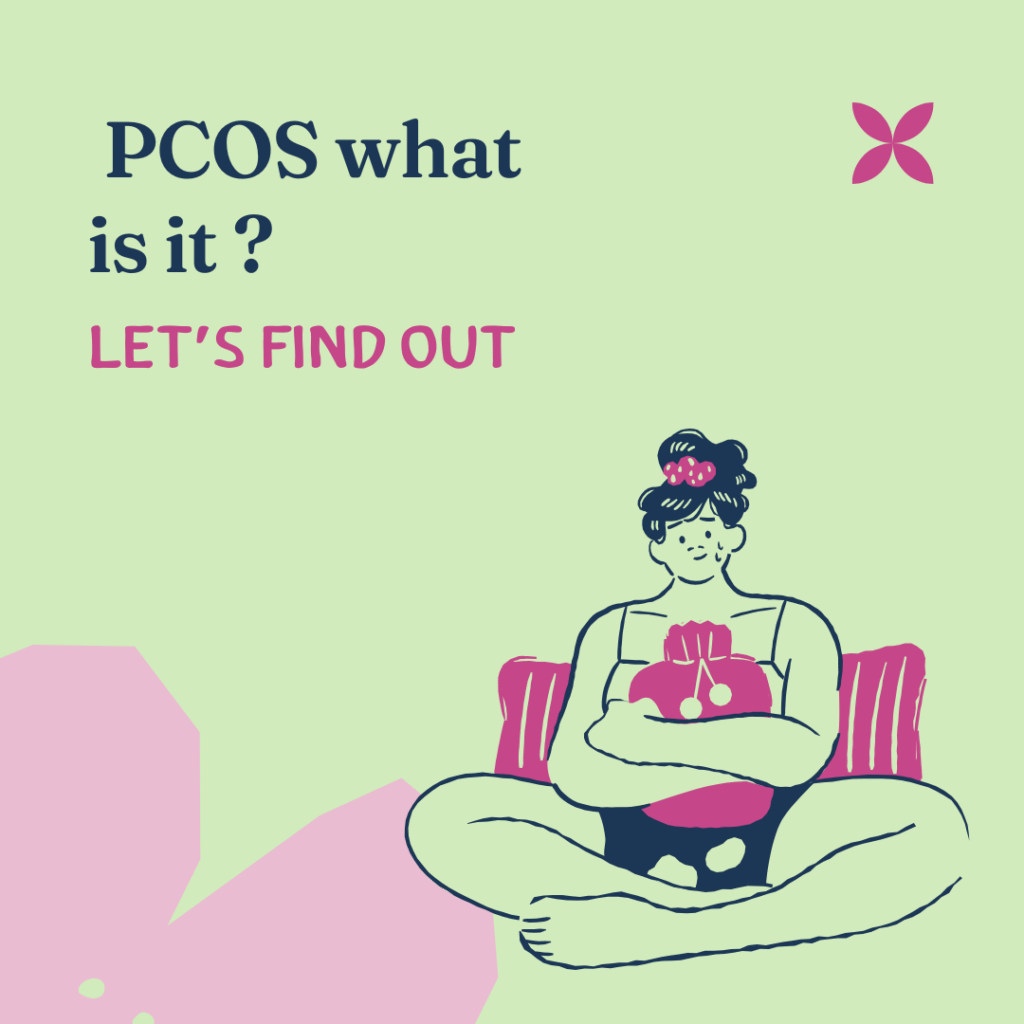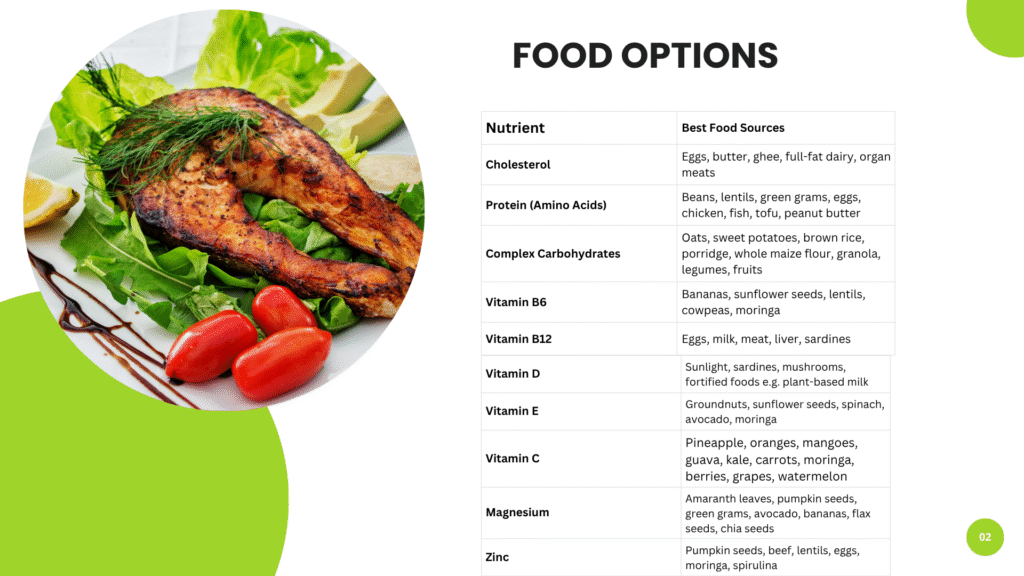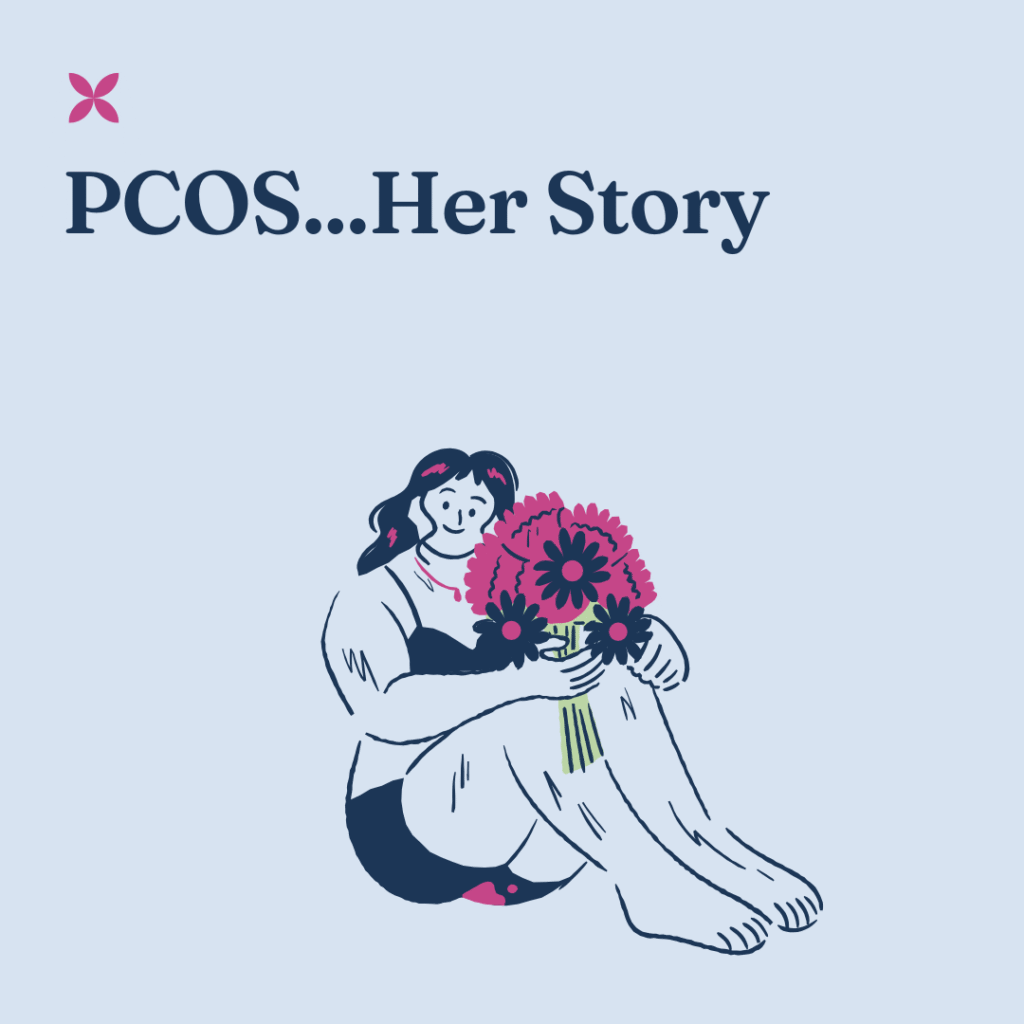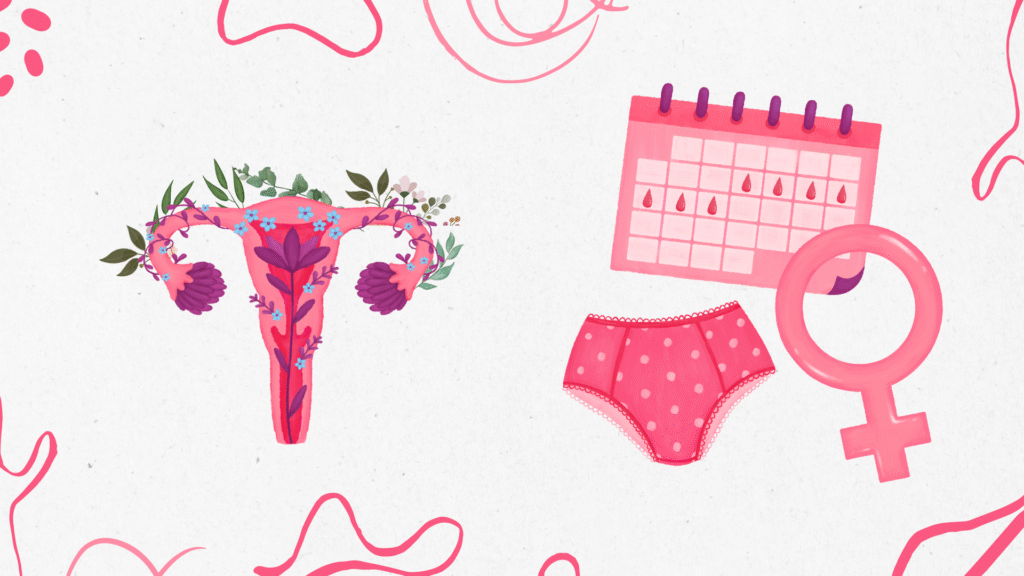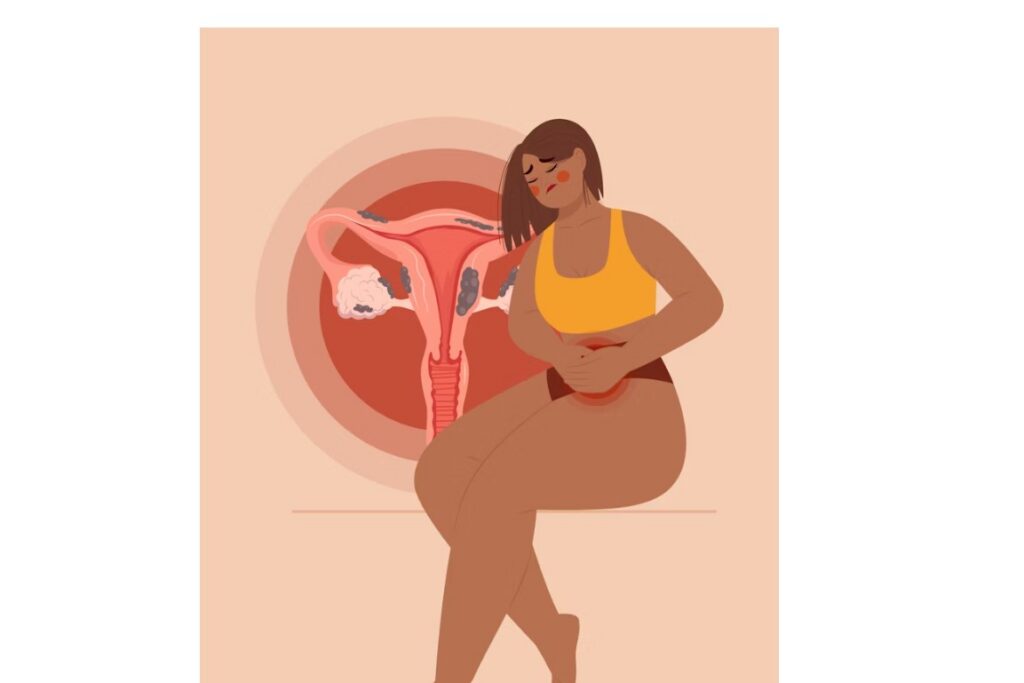
Your Uterine & Hormone Healing Community
💚Unpacking PCOS :the most common hormonal disorder💚
Talking PCOS honestly: symptoms, struggles, and solutions that work
Hey Girlie 💕
Have you been diagnosed with fibroids, PCOS, cysts, endometriosis, or any other hormonal or uterine condition?
Do you feel misunderstood, dismissed, or isolated like you’re carrying the weight of it all by yourself?
You’re not alone.
This blog is here to create a space where we stop suffering in silence. A space for real stories, honest conversations, practical insight, and collective advocacy.
Whether you’re navigating surgery, infertility, chronic pain, cycle issues, or the emotional toll of being unheard this is a space for you.
Let’s talk. Let’s learn. Let’s support each other without judgment, without shame.
Because our stories deserve to be seen. And healing doesn’t have to be lonely.
Feel free to contact us at info@harmonious-hormones.com


